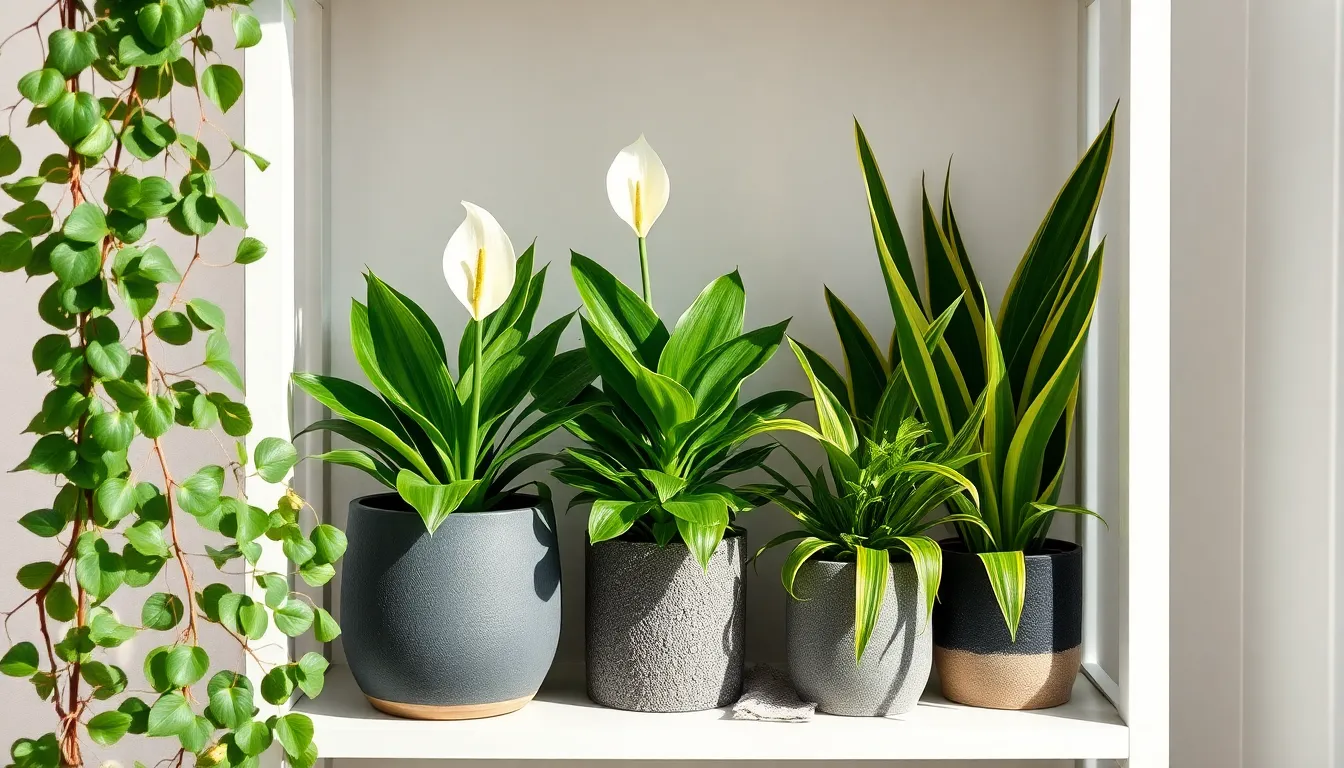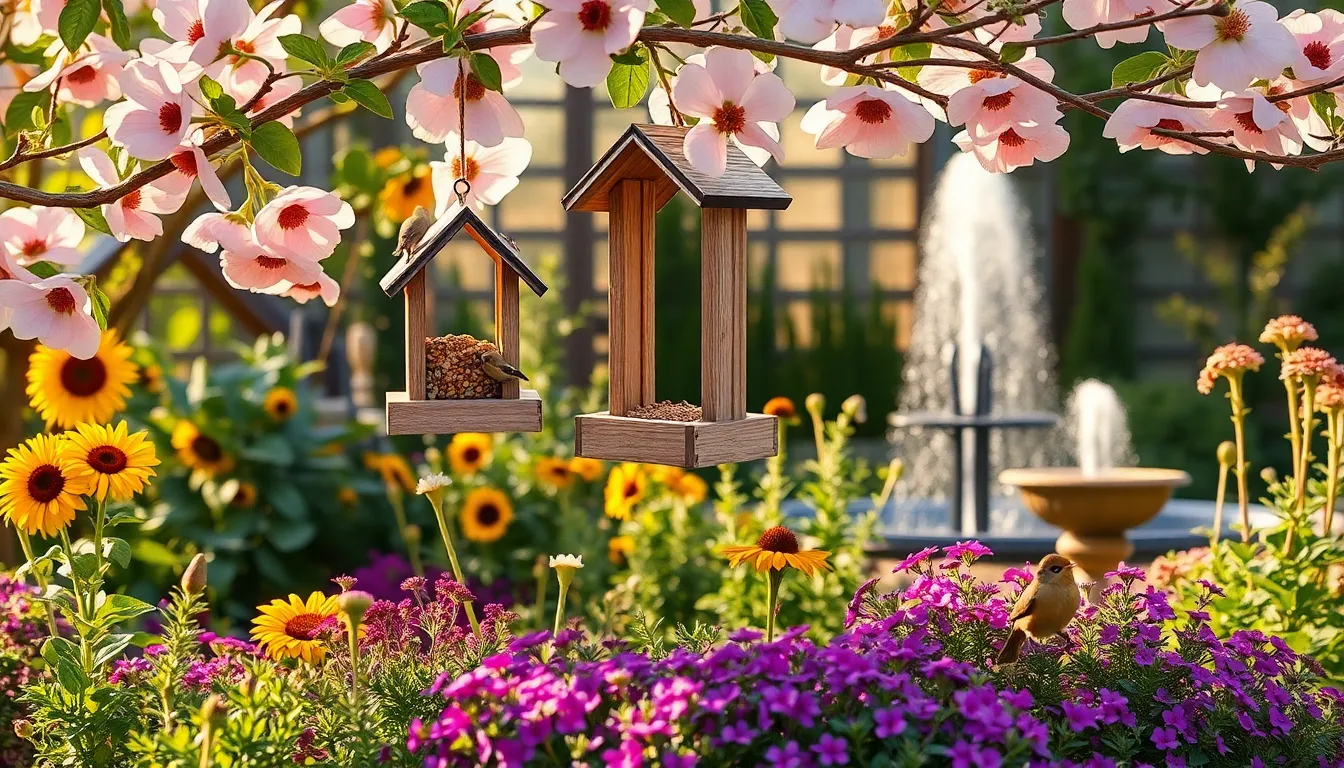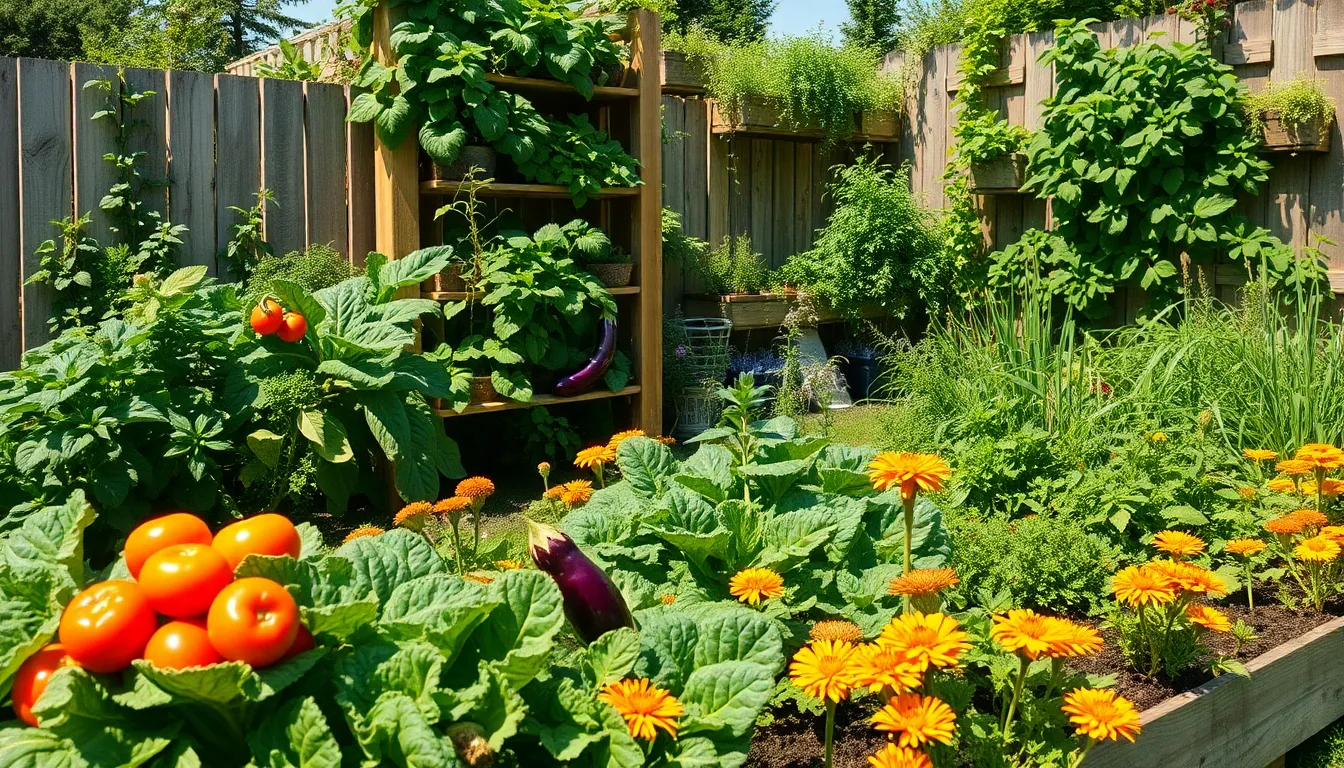Creating a lush, green sanctuary within the confines of a small apartment can feel like a daunting task, especially when natural light is scarce. Yet, with the right selection of low light plants, even the shadiest corners of your home can be transformed into thriving, verdant retreats. This topic is not just for those who dream of bringing the outdoors in, but also for seasoned plant enthusiasts eager to expand their indoor gardens with minimal fuss.
In this article, we’ll explore a variety of resilient, shade-loving plants that require little sunlight to flourish, making them perfect companions for your cozy apartment. Whether you’re a novice gardener just starting out or a seasoned green thumb looking to enhance your collection, you’ll discover plants that not only survive but thrive in low light conditions. We’ll guide you through understanding their specific needs, from watering schedules to soil preferences, ensuring your indoor garden remains vibrant and healthy.
You’ll also learn how to creatively incorporate these plants into your living space, maximizing their aesthetic appeal while keeping maintenance manageable. With practical tips and insights, this guide aims to make the world of indoor gardening accessible and enjoyable, regardless of your level of experience. Let’s embark on this journey to cultivate a serene and inviting environment that brightens your home and your spirits, one plant at a time.
Understanding Low Light Conditions
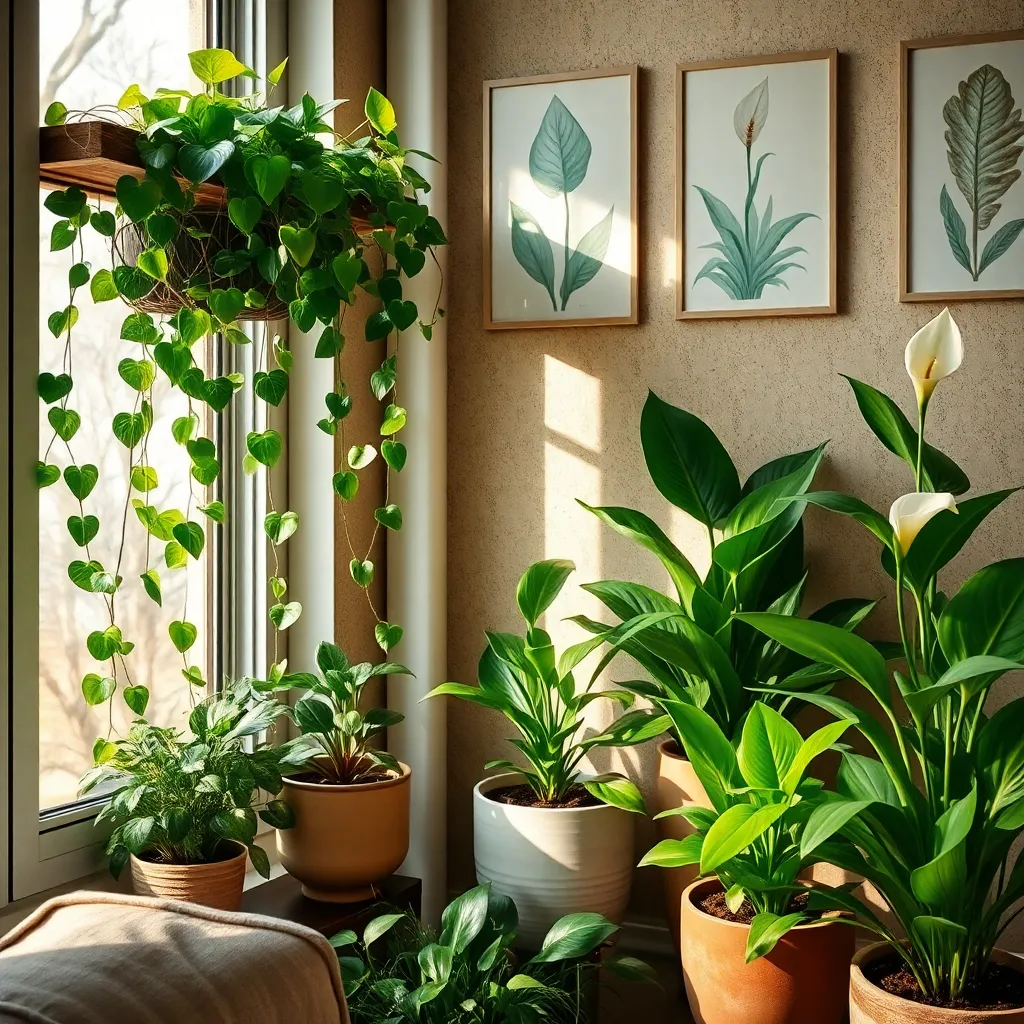
Low light conditions are common in small apartments, often due to limited windows or obstructed views. To thrive in such environments, it’s essential to choose plants that naturally adapt to low light levels.
Natural light isn’t the only factor to consider; artificial lighting can also support plant growth. Using LED grow lights can provide the necessary spectrum for photosynthesis, even in windowless rooms.
When dealing with low light, it’s crucial to adjust your watering habits. Plants in these conditions generally require less frequent watering as the soil takes longer to dry out.
Soil selection is another important aspect, as the right mix can improve plant health in low light. Opt for a well-draining soil or potting mix with added perlite to prevent overwatering issues.
For advanced care, consider rotating your plants every few weeks to ensure all sides receive equal light exposure. This simple practice can prevent uneven growth and maintain a balanced appearance.
Top Plants for Dim Spaces
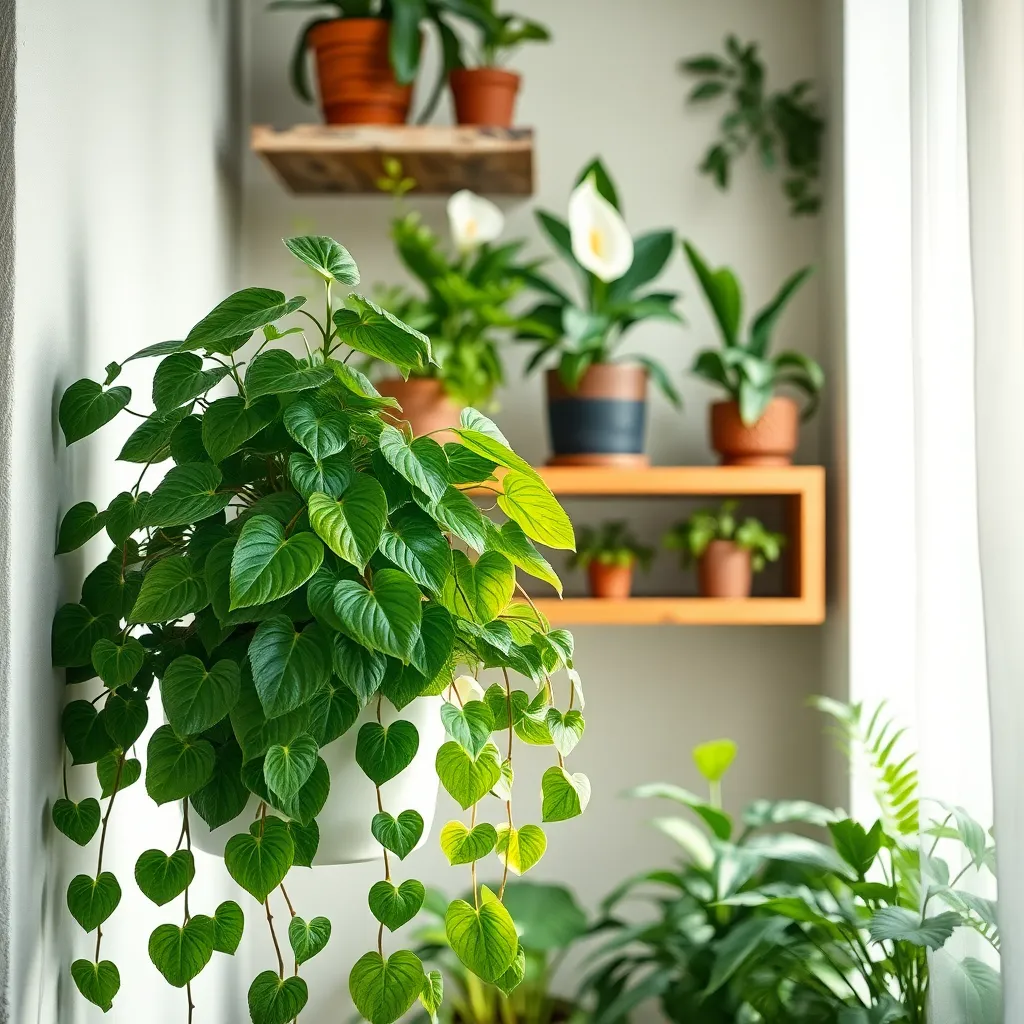
For those with dim apartment corners, the snake plant is an excellent choice. This resilient plant thrives in low light and requires very little maintenance, making it perfect for beginners.
Ensure you use a well-draining potting mix, such as a cactus or succulent blend, to prevent root rot. Water sparingly—once every two to three weeks is usually sufficient—allowing the soil to dry out completely between waterings.
Another great option is the pothos plant, known for its hardiness and adaptability to low light conditions. This plant’s trailing vines add a lush aesthetic, and it only requires watering when the top inch of soil feels dry.
Advanced tip: To encourage fuller growth, occasionally trim the vines back. This pruning process not only keeps the plant manageable but also stimulates new growth, ensuring the plant remains vibrant and healthy.
If you’re looking for a flowering option, consider the peace lily. It tolerates low light and blooms with beautiful white flowers, adding a touch of elegance to any room.
Peace lilies prefer consistently moist soil, so water them when the top layer starts to dry out. To maintain their glossy leaves, wipe them occasionally with a damp cloth to remove dust.
For those wanting a unique touch, the ZZ plant is a striking choice. It can survive in dim spaces with little water, making it ideal for those who travel frequently.
Use a well-aerated soil mix and ensure the pot has drainage holes to prevent overwatering. For advanced care, fertilize the ZZ plant every six months with a balanced liquid fertilizer to support its growth.
Compact Choices for Tight Areas
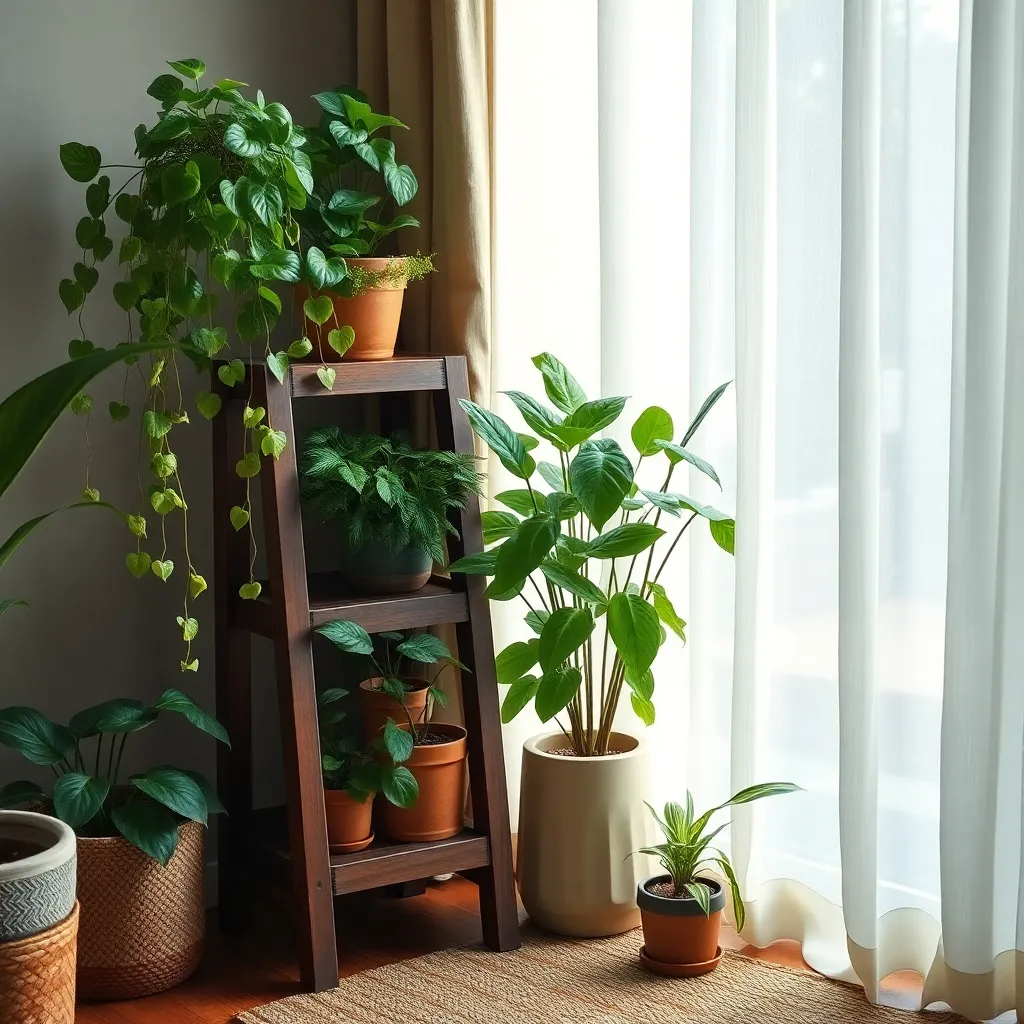
When space is at a premium, choosing compact plants can make a big difference in your apartment garden. Consider the Pothos, which thrives in low light and can be easily trained to grow vertically or cascade from a shelf.
The Snake Plant is another excellent choice for small spaces, as it grows upright and requires minimal care. Water it only when the soil feels dry to the touch, and ensure it has well-draining potting mix to prevent root rot.
If you’re looking for an unusual option, try the Zebra Haworthia, a succulent that does well in low light and stays compact. Ensure it has a cactus mix soil and allow the top inch to dry out between waterings for optimal growth.
For those interested in a bit of color, the Peace Lily offers lush foliage and occasional blooms even in less light. Keep the soil consistently moist, but not soggy, and use a standard potting soil for best results.
Care Tips for Low Light Plants
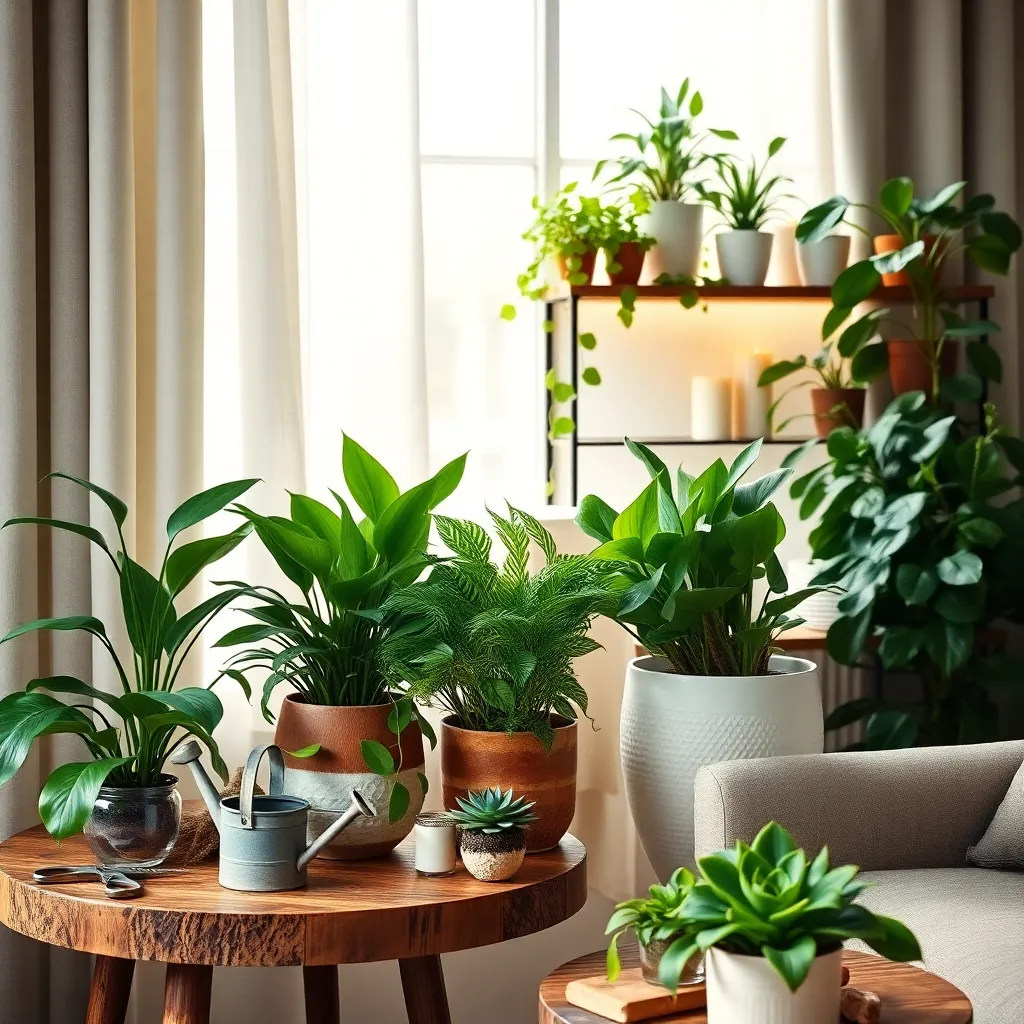
Low light plants thrive in conditions where sunlight is minimal, making them ideal for small apartments. To ensure their success, it’s crucial to understand their specific needs and preferences for light, water, and soil.
When it comes to watering, less is often more for low light plants. Overwatering is a common mistake, so let the top inch of soil dry out between waterings to prevent root rot.
Choosing the right soil is equally important for the health of your plants. Opt for a well-draining potting mix, which will help prevent water from pooling at the bottom and causing issues.
For those with limited space, vertical gardening can be a great solution. Use shelves or hanging pots to maximize your area while keeping your low light plants healthy and accessible.
Temperature and humidity are also key factors that affect plant health. Most low light plants prefer temperatures between 60-75°F and benefit from a bit of extra humidity, which can be provided by a pebble tray or humidifier.
To further enhance your plant care, consider rotating your plants every few weeks. This simple action ensures that all sides receive equal light exposure, promoting more even growth.
Decorating Ideas for Small Apartments

Incorporating low light plants into your small apartment can transform your living space into a vibrant oasis. Begin by selecting plants such as the ZZ plant or snake plant, which are known for thriving in low light and minimal care conditions.
Place these plants in decorative pots to add a touch of style to your home. Choose pots with good drainage to prevent waterlogged soil, which can harm your plants.
For added interest, consider creating a mini indoor garden on a windowsill or shelf. Use varying pot heights and plant sizes to create a visually appealing display that draws the eye.
Maximize vertical space by using hanging planters or wall-mounted pots. This approach not only saves space but also adds an artistic element to your decor.
When arranging your plants, ensure they have adequate airflow to prevent mold and pests. Rotate your plants occasionally to ensure even growth and prevent them from leaning towards the light source.
For advanced gardeners, try incorporating a mix of plant textures and colors for a more dynamic look. Experiment with different plant arrangements to find the perfect balance for your space.
Conclusion: Growing Success with These Plants
In exploring ‘Low Light Plants for Small Apartments,’ we discovered five key relationship concepts that mirror the nurturing care required for both plants and connections: communication, patience, adaptability, shared space, and growth. Just as communication with your partner fosters understanding, attentive care allows plants to thrive. Patience is essential in both relationships and plant care, as both require time to flourish. Adaptability helps you adjust to changing needs, whether for a partner or a new plant environment. Sharing space harmoniously involves considering each other’s needs, just as you would with your plant placement. Finally, growth, both personal and relational, is a journey that plants beautifully symbolize.
To put this into action, choose one plant from the article and place it in your home as a reminder to cultivate these qualities in your relationship. Doing so not only enhances your living space but also reinforces these vital concepts.
Remember to bookmark this article for a handy guide and inspiration on nurturing your relationships alongside your indoor greenery. Embrace this opportunity to cultivate a thriving partnership, knowing that with dedication and care, both your plants and relationships can flourish beautifully.

